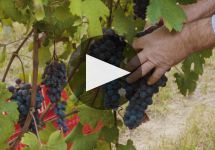Damilano Langhe Marghe Nebbiolo 2021
-
James
Suckling



Product Details
Your Rating
Somm Note
Winemaker Notes
Ruby red with soft garnet reflections, the bouquet has very typical delicate notes reminiscent of violet and red fruits. The wine finishes dry, rightly tannic, with a velvety, harmonic full body.
Excellent with all kinds of roasted and braised meats, game and aged cheeses.
Professional Ratings
-
James Suckling
Aromas of ripe cherries and red plums with aged citrus peel, licorice and cloves. Notes of bark and nutmeg, too. Medium- to full-bodied, firm and chalky with crunchy tannins and vivid dark fruit. Dry and a little tight in the finish.
Other Vintages
2020- Decanter
-
Robert
Parker -
James
Suckling
-
James
Suckling
-
Robert
Parker
-
James
Suckling
-
Robert
Parker
-
Wine
Enthusiast
-
James
Suckling -
Robert
Parker
-
Wine
Enthusiast
-
James
Suckling
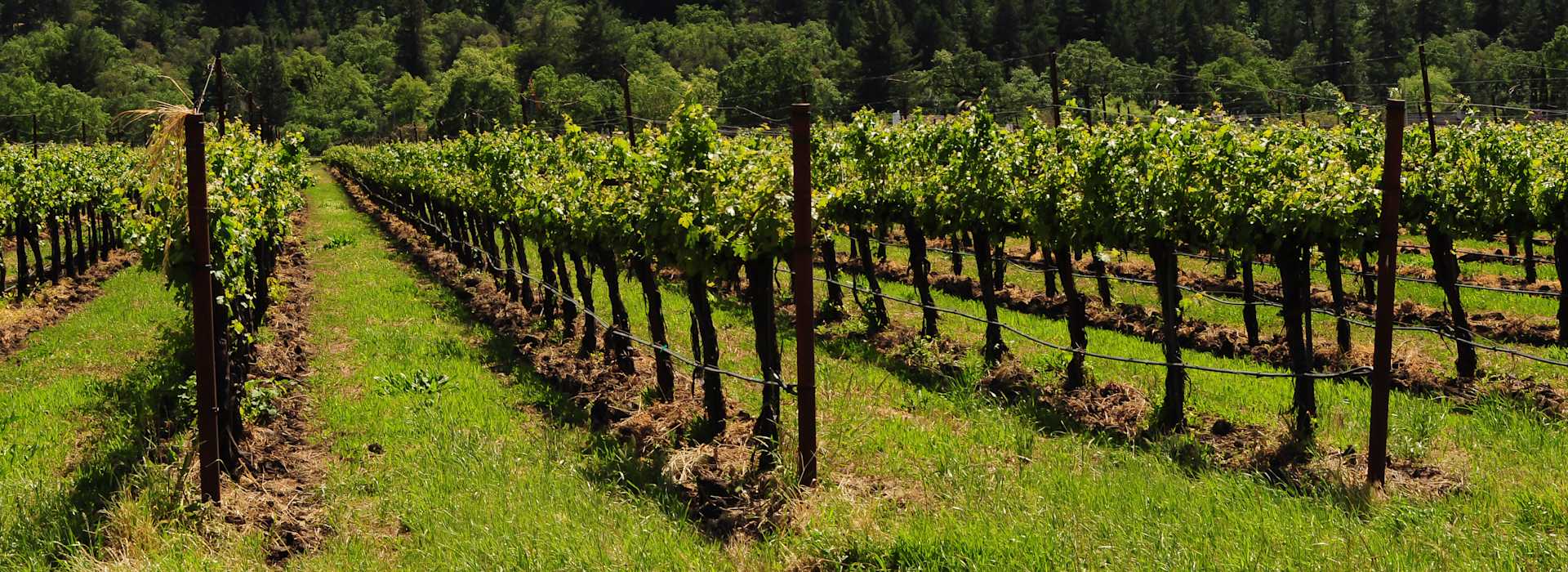

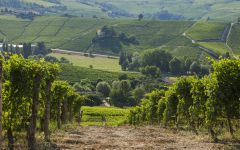
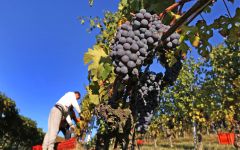
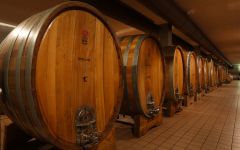

The origins of the Damilano family company dates back to over a century ago, when Guiseppe Borgogno, the great-grandfather of the current owners, started to grow and make wine from his own grapes. This tradition was kept up by Giacomo Damilano, the founder’s son-in-law, together with his children, until it was passed on to his 4 grandchildren, who very attentively manage their forefathers’ land today. The wines produced are renowned for their upright style and the estate is widely appreciated due to the strictness and passion that accompany all of the company's activities.
The vineyards, partly owned and partly leased, are situated in the most famous crus of the Langa region: Cannubi, Liste, Fossati, and Brunate, which are almost entirely cultivated with Nebbiolo da Barolo, and to a lesser extent, with Dolcetto and Barbera varietals.

Responsible for some of the most elegant and age-worthy wines in the world, Nebbiolo, named for the ubiquitous autumnal fog (called nebbia in Italian), is the star variety of northern Italy’s Piedmont region. Grown throughout the area, as well as in the neighboring Valle d’Aosta and Valtellina, it reaches its highest potential in the Piedmontese villages of Barolo, Barbaresco and Roero. Outside of Italy, growers are still very much in the experimentation stage but some success has been achieved in parts of California. Somm Secret—If you’re new to Nebbiolo, start with a charming, wallet-friendly, early-drinking Langhe Nebbiolo or Nebbiolo d'Alba.

Set upon a backdrop of the visually stunning Alps, the enchanting and rolling hills of Piedmont are the source of some of the country’s longest-lived and most sought-after red wines. Vineyards cover a great majority of the land area—especially in Barolo—with the most prized sites at the top hilltops or on south-facing slopes where sunlight exposure is maximized. Piedmont has a continental climate with hot, humid summers leading to cold winters and precipitation year-round. The reliable autumnal fog provides a cooling effect, especially beneficial for Nebbiolo, Piedmont’s most prestigious variety.
In fact, Nebbiolo is named exactly for the arrival of this pre-harvest fog (called “nebbia” in Italian), which prolongs cluster hang time and allows full phenolic balance and ripeness. Harvest of Nebbiolo is last among Piedmont's wine varieties, occurring sometime in October. This grape is responsible for the exalted Piedmont wines of Barbaresco and Barolo, known for their ageability, firm tannins and hallmark aromas of tar and roses. Nebbiolo wines, despite their pale hue, pack a pleasing punch of flavor and structure; the best examples can require about a decade’s wait before they become approachable. Barbaresco tends to be more elegant in style while Barolo is more powerful. Across the Tanaro River, the Roero region, and farther north, the regions of Gattinara and Ghemme, also produce excellent quality Nebbiolo.
Easy-going Barbera is the most planted grape in Piedmont, beloved for its trademark high acidity, low tannin and juicy red fruit. Dolcetto, Piedmont’s other important red grape, is usually ready within a couple of years of release.
White wines, while less ubiquitous here, should not be missed. Key Piedmont wine varieties include Arneis, Cortese, Timorasso, Erbaluce and the sweet, charming Muscat, responsible for the brilliantly recognizable, Moscato d'Asti.
